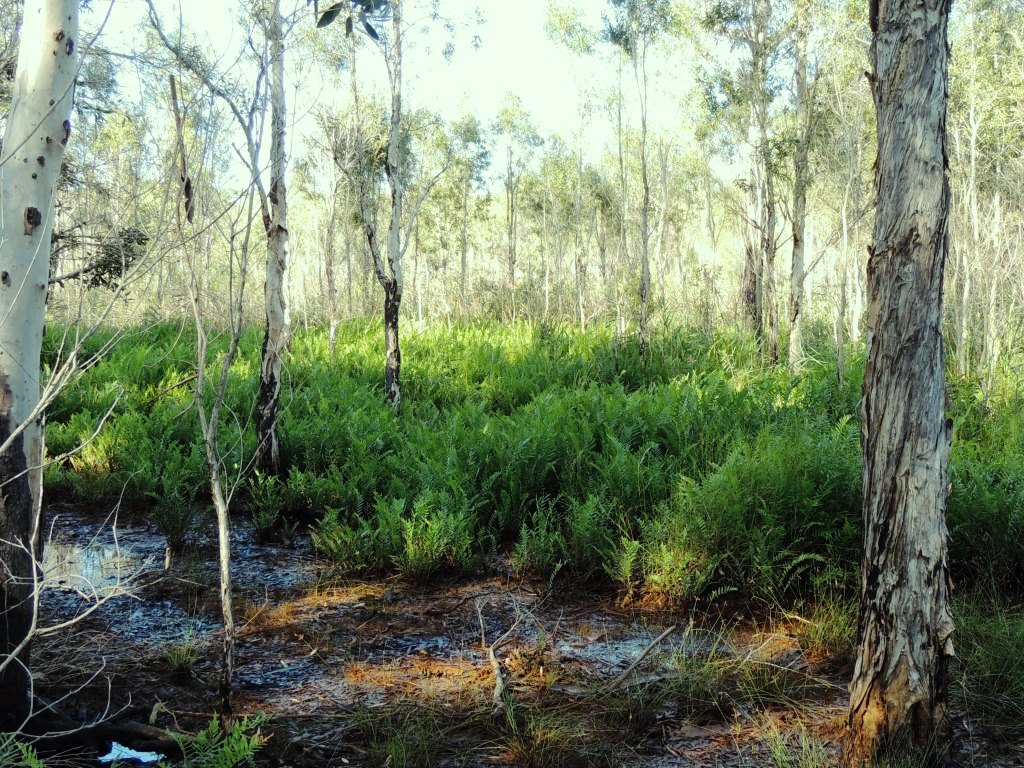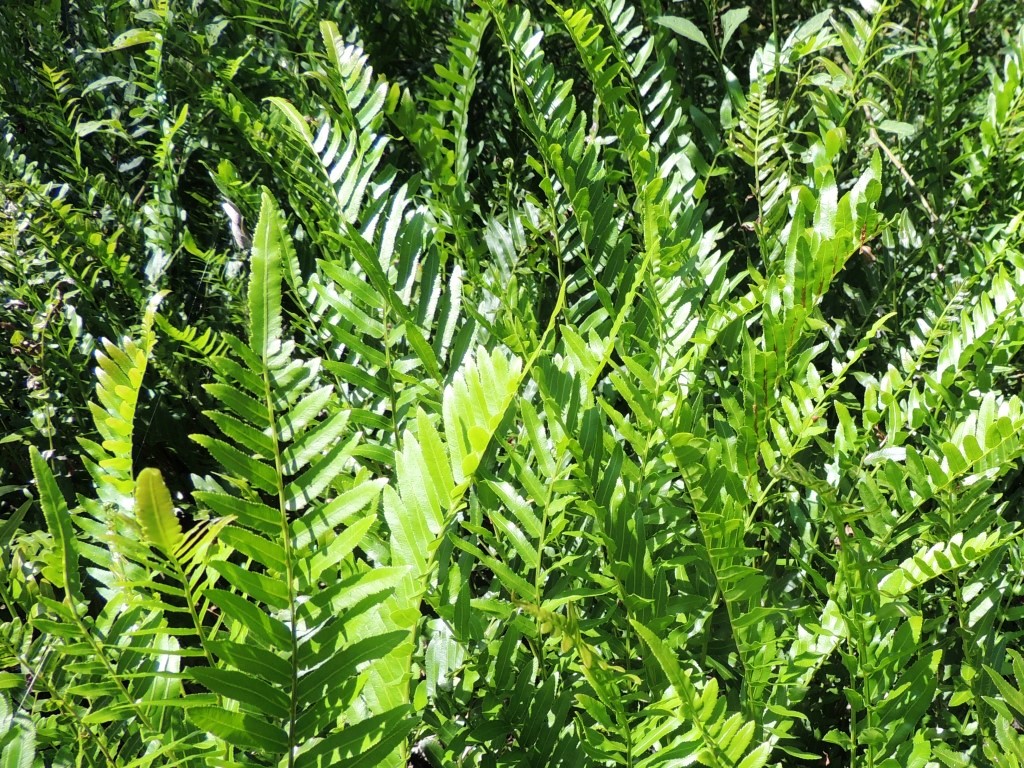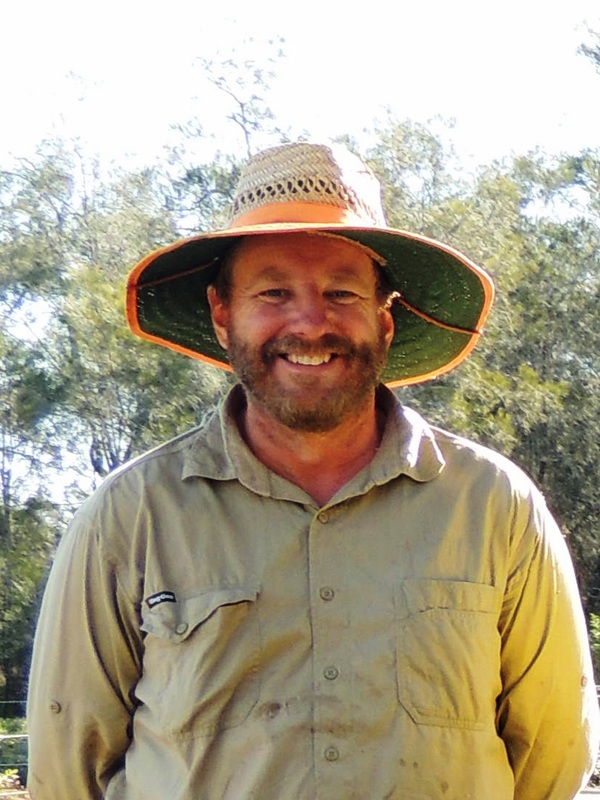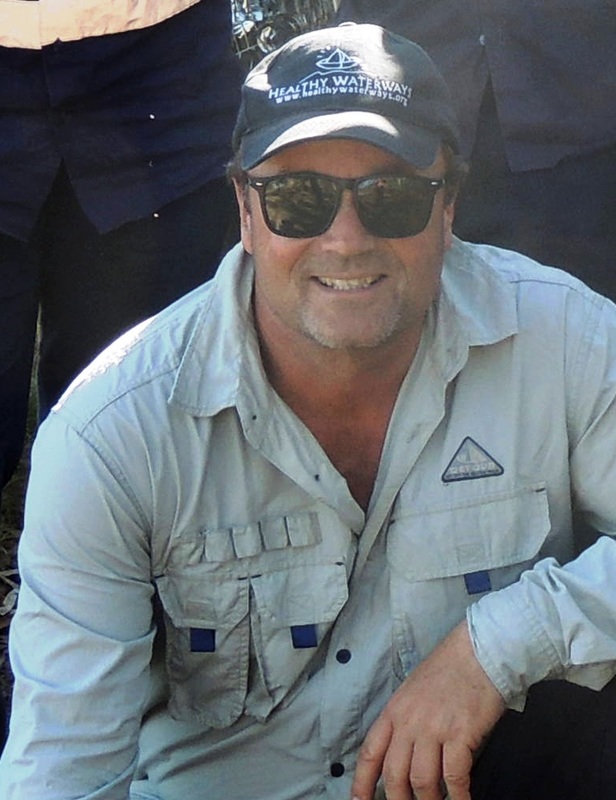Scientific name: Blechnum indicum
This fern also known as the Swamp Water Fern is distributed across Queensland, the Northern Territory and Northern New South Wales as well as Malaysia and Polynesia. The fern was called “Bungwall” by the aboriginal people living around Moreton Bay. A well- known bush tucker plant, its roots were used as a source of carbohydrate by aboriginal people. The thick tuberous roots (rhizomes) were often dried out briefly before they were roasted whole or crushed to form flour which could also be roasted into a type of biscuit.
It is a fishbone fern and it can grow to a meter tall and often forms large stands or colonies around the bases of paperbark trees and the edges of swamps. It can tolerate brackish water. These colonies are located in the wetlands associated with Hays Inlet wherever there are Melaleuca swamps and freshwater lagoons or swamps. The stands provide habitat for frogs, lizards and insects.
The fern is very resistant to fire and well established specimens often have a mound of dirt at the base which indicates a well-developed root system. Because they are a fern they do not flower or have fruit, instead they develop spores on the backs of their leaves. Apart from their contribution to the aesthetics of the Melaleuca forest where they can provide a vivid green understory; they also stabilise the soil, trap nutrients and help to protect stands of Melaleuca from intense, high temperature bushfires.
Further reading:
M. Ryan (2003) General editor Wild Plants of Greater Brisbane: A Queensland Museum Guide
D.L. Jones and S.C Clemesha (1993) Australian Ferns and Fern Allies Currawong Press
G. Leiper, J. Glazebrook, D. Cox, K. Rathie (2009) Mangroves to Mountains: A Field Guide to the Native Plants of South East Queensland. Published by the Society for growing Native Plants Logan River Branch




 RSS Feed
RSS Feed
